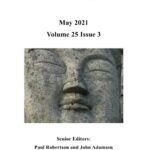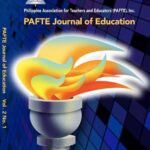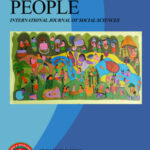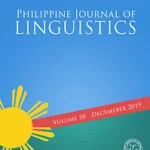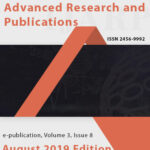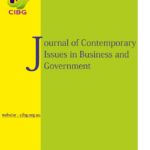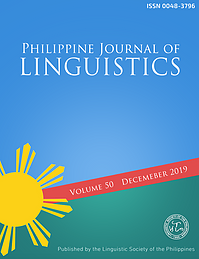
 Karen Joy B. Umila
Karen Joy B. Umila
[email protected]
Faculty, School of Liberal Arts and Teacher Education
University of Baguio, Baguio City Philippines 2600
PJL, Vol. 49 (2018) | https://www.pjl-phil.com/article/2018/49/Karen-Joy-B.-Umila
Abstract
This study aimed to explore the politeness strategies used by teachers in classroom interaction and the effectiveness of these strategies in the learning process of students in the Ifugao context. In the qualitative phase, the linguistic aspect of politeness was transcribed and classified further using Brown and Levinson’s model. Thereafter, a survey-questionnaire instrument for students was developed to determine the effectiveness of the politeness strategies used by teachers and transition to the quantitative phase of the study. In general, the findings revealed that teachers used all the four politeness strategies in motivating, presenting lessons and discussions, managing the class, and evaluating the students. The teachers’ use of positive politeness strategies was appropriate and hence effective in all the aspects of classroom interaction. However, from the perspective of the students, a combination of negative politeness, positive politeness, and bald-on record strategies was highly effective. As an output, a model for the effective use of politeness strategies in classroom interaction was developed to provide a perspective on how effective politeness strategies could be localized in the Ifugao context.
